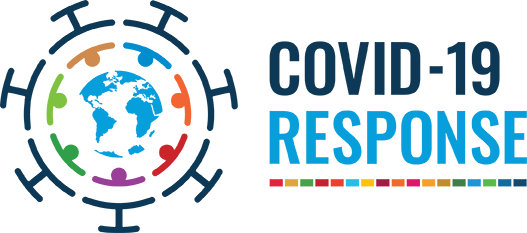
UNODCity aims to make urban environments safe, inclusive & resilient by addressing the multi-causal factors of violence, crime & insecurity. In addition to strengthening the role of cities in dealing with crime & violence, the Global Programme also emphasizes on building resilience of communities.
Urbanisation is closely linked with increases in economic and social development. Yet, alongside all the growth and advancement taking place, cities across the globe are undermined by chronic insecurity, violence and corruption, including those resulting from crime challenges originating beyond urban or national boundaries. The security challenges of individual cities are increasingly a result of the intersection of individual vulnerabilities, local risks and illicit flows from across national borders.
UNODC identified the need for more effective and evidence-based interventions at the urban level to strengthen resilience of communities to crime and violence, as well as to reduce their vulnerabilities to transnational illicit flows (like trafficking of persons, drugs, illicit financial flows, firearms and counterfeit goods). With two-thirds of the world population expected to reside in cities by 2050, these challenges will only continue to become more acute in urban settlements world over.
UNODC’s Safety Governance Approach aims to make urban environments safe, inclusive and resilient by addressing the multi-causal factors of violence, crime and insecurity. The approach ensures that strategies, policies, and programmes are tailored to meet grassroots needs and take account of the interface between global crime threats and local vulnerabilities. In addition to strengthening the role of cities in dealing with crime and violence, it also emphasizes on building resilience of communities by addressing structural issues such as corruption and lack of transparency, and in providing a space free of drug use, terrorism and organised crime. Through this approach, UNODC is assisting Member States to move towards more holistic, integrated strategies and interventions that offer a wider range of responses, and recognize the need to act locally in addition to deploying efforts at the national or international level.
The Report on the Urban Safety Governance Assessment in Iztapalapa, Mexico City - Iztapalapa is characterized by being the most populated borough in Mexico City, as well as the one with the youngest population given that the average age of its inhabitants is 31 years old... Read more
Community Leadership in Urban Safety Governance Assessments - Deacon’s Farm, St. Michael, Barbados – Kevin Bishop is an example of a community leader in Deacon’s Farm. As a boy, he grew up participating in various community clubs and afterschool activities at the local community centre, which at the time, was a special project (the Deacon’s Development Project) initially funded by the United Nation’s Office on Drugs and Crime... Read More
The Report on the Urban Safety Governance Assessment in Mathare, Nairobi City - The assessment aimed to identify local challenges and opportunities related to urban safety and good governance and develop appropriate strategies and policies... Read more
NewsroomUNODC's Safety Governance Approach, based on the Urban Safety Governance Assessments, ensures that crime prevention and community safety strategies, policies, and programmes are tailored to meet grassroots needs and take account of the interface between global crime threats and local vulnerabilities towards the achievement of the 2030 Agenda for Sustainable Development and the New Urban Agenda... read more

The COVID-19 pandemic has added unprecedented challenges for cities. The recovery phase is an opportunity for all levels of government to build back more inclusive, equal, resilient and sustainable societies. UNODC co-convened the thematic session: 'Bolstering local action to control the pandemic and accelerate implementation'. The session considered the changing nature of urbanization challenges and implications of the pandemic for urban planning and resilience strategies, how to promote transformative action at the local level, and empower local actors to make cities more productive, sustainable and equitable.
Response Tool: Rapid USG Assessment Guide (EN) (ES) (RU)

With a population of approximately 1.8 m, Iztapalapa is one of the most densely populated areas in Mexico City. Crime and violence are mainly linked to drug trafficking and poverty... read more
Tashkent is the capital of Uzbekistan and the largest city in Central Asia. Unemployment and labor migration, social vulnerability of families, addictive behavior are of serious concern... read more
Nairobi is Kenya’s largest city. Violent crime, substance abuse, gender-based violence, and corruption were identified as significant concerns in Mathare... read more
In Barbados, violent crime, substance abuse, gender-based violence, and firearm and drug trafficking were identified as significant concerns... read more
Safety Governance Assessment Guide (EN) (ES) (RU)
Response Tool: Rapid USG Assessment Guide (EN) (ES) (RU)

Visit the Safety Audit Websites of Queretaro and Cali
See the Family Skills Training Programmes in low- and middle-income countries
Visit the UNODC Crime Prevention Webpages